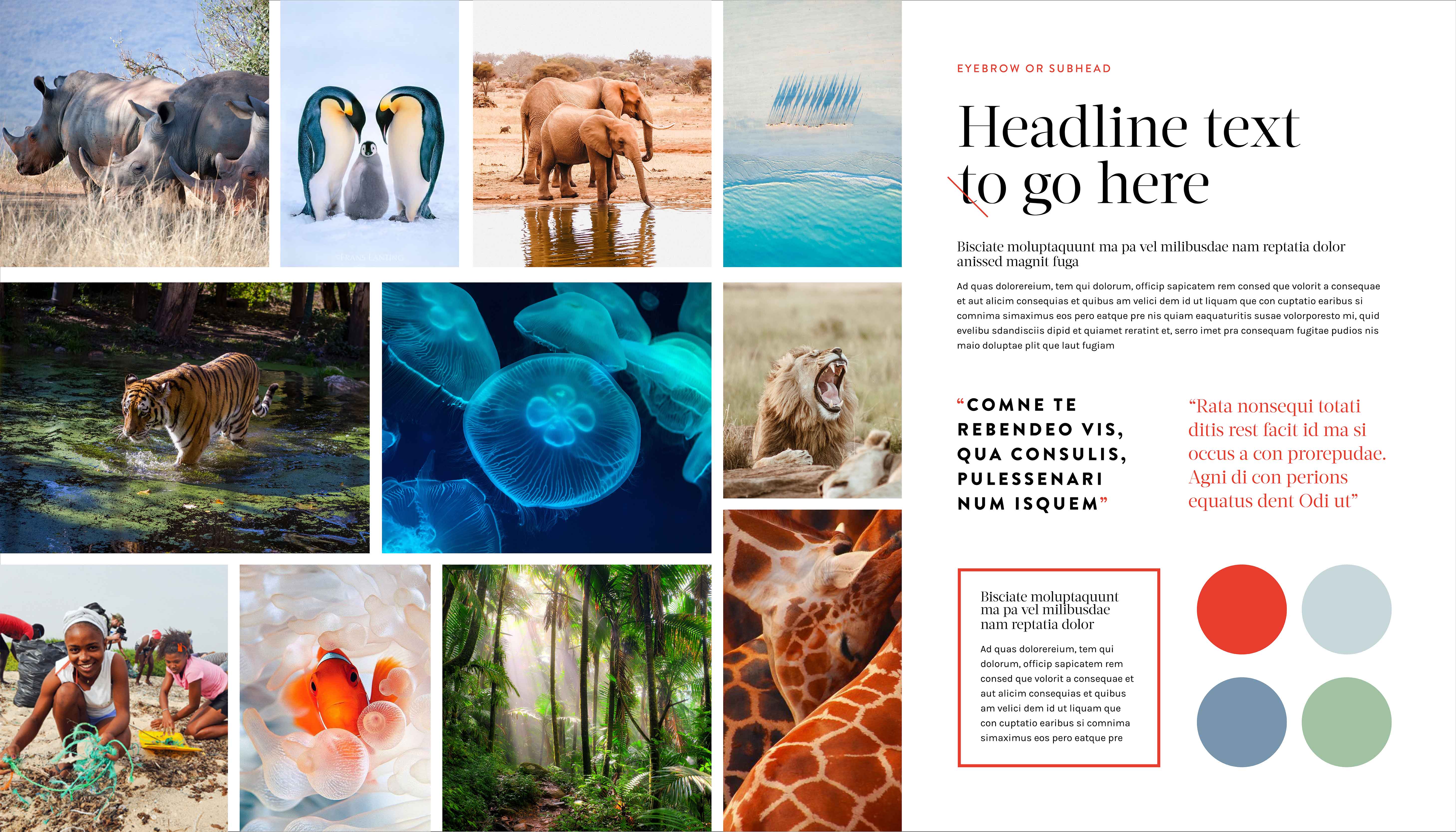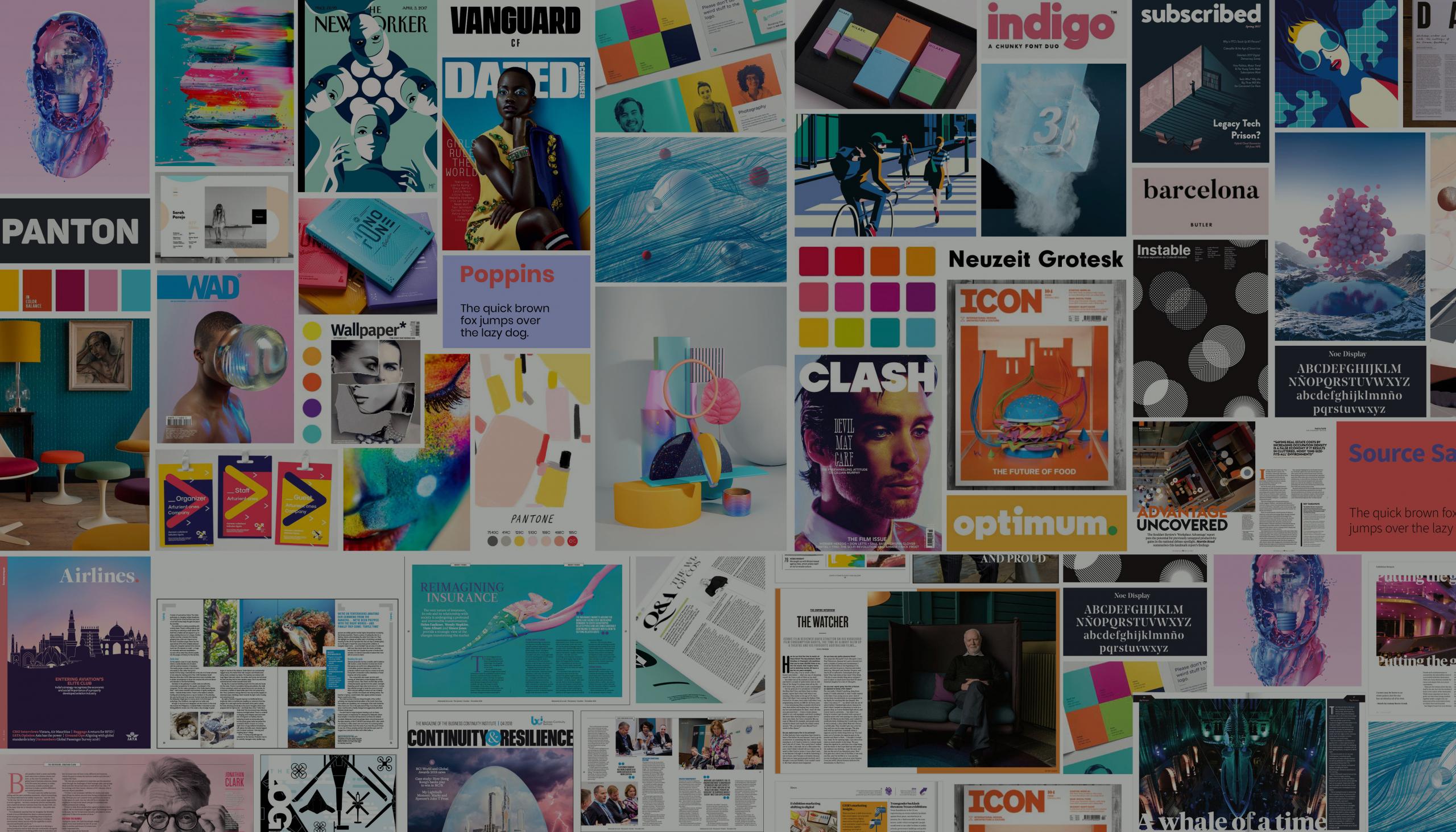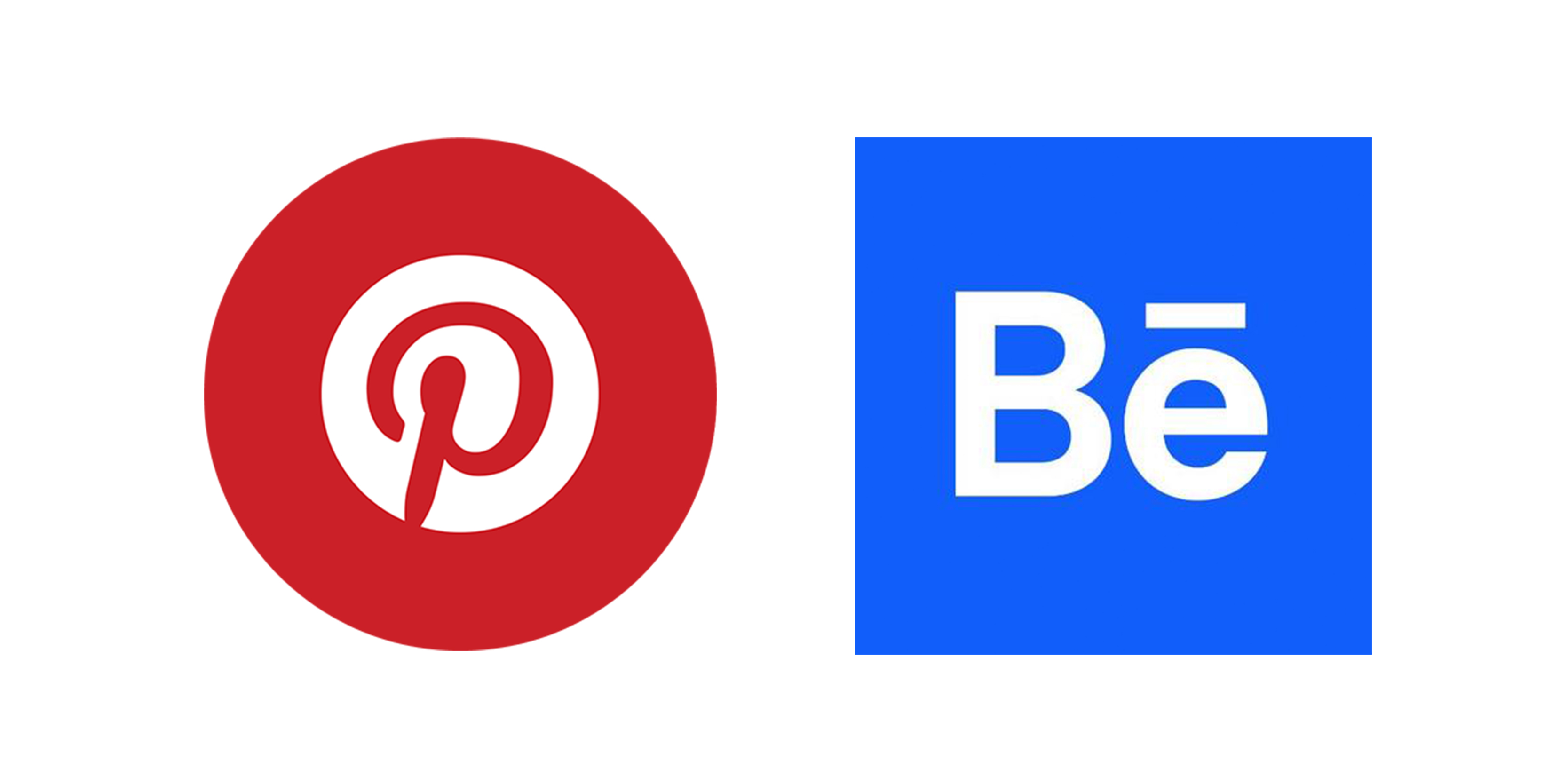
+44 (0) 1223 378 000
info@cpl.co.uk
1 Cambridge
Technopark,
Newmarket Road,
Cambridge,
CB5 8PB, UK

CPL senior designer, Chloe Fuller, shares her top tips for finding inspiration when starting a new project.
Tackling a new project isn’t always easy. Every client is different and the look and feel of something new – whether print or digital – must always reflect the brand and speak to the client’s target market.
I often get asked where I get my inspiration for the range of projects I work on, such as new magazine designs or full rebrands, so here are my top tips if you’re struggling to move off the starting blocks:
1. Learn from experience
My first step is always to look at work the client has previously produced. This helps me to establish the look and feel of their brand. It’s also good to speak to the client to find out what’s worked and what they’d rather not do again!
My go-tos for online inspiration are Pinterest and Behance. Pinterest allows me to set up a board where I can gather fonts, colours, adverts, design styles and much more. Behance is a better bet if you’re working on a project that requires licensing or the commissioning of photographs or illustrations.
Pinterest and Behance may be my first port of call, but inspiration is everywhere online.

2. Take a look at the competition
Knowing your competition is key! Take a look at what the market leaders are doing and how you can set yourself apart by creating something new. It’s also good to discover what other agencies or competitor brands are – or aren’t – doing and how you can use this to your advantage. Your ideas may already be taken, so it’s always good to make sure you aren’t doing something which has already been done. No-one wants to be old news.
3. Mood boards
Once you’ve completed your market research and gathered all your inspiration, it’s time to refine your ideas to three key concepts. You’ll need to go back and look at what works, what doesn’t work and what you’d like to progress. Collate your inspiration into three mood boards, each categorised by style and theme. For example, one might use a corporate style, another may be contemporary and modern, and a third could be abstract and a “little bit out there”. This approach will offer the client three very different routes but all tying in with their brand and brief.
Mood boards are an excellent visual representation to show the process you used to get to the final outcome and are a good way to show how you can move forward together with the project.

4. Create a route
It’s now time to start fleshing out the bones of your final concept. Using your chosen route and mood board, you can begin to play around with the fonts, colours and illustrations/photographic style – you’ll soon see what works and what doesn’t.
5. Two heads are better than one
Your colleagues are really important when it comes to finalising a concept. Two heads really are better than one and can generate new ways of thinking and give an honest, helpful critique. In my experience, speaking to others in the office can elevate your work to the next level, allowing you to produce something that goes the extra mile.
Remember, starting a new project is really fun and exciting – it doesn’t have to be scary! Give it a go and see where it takes you.